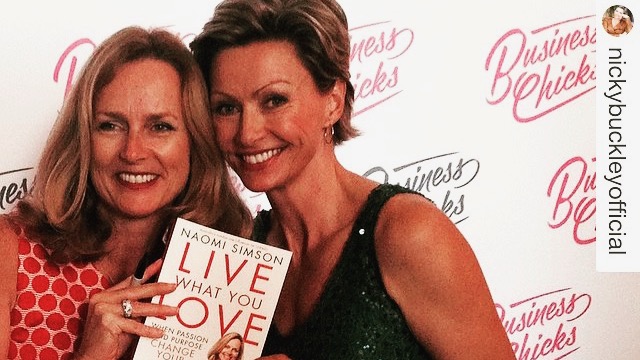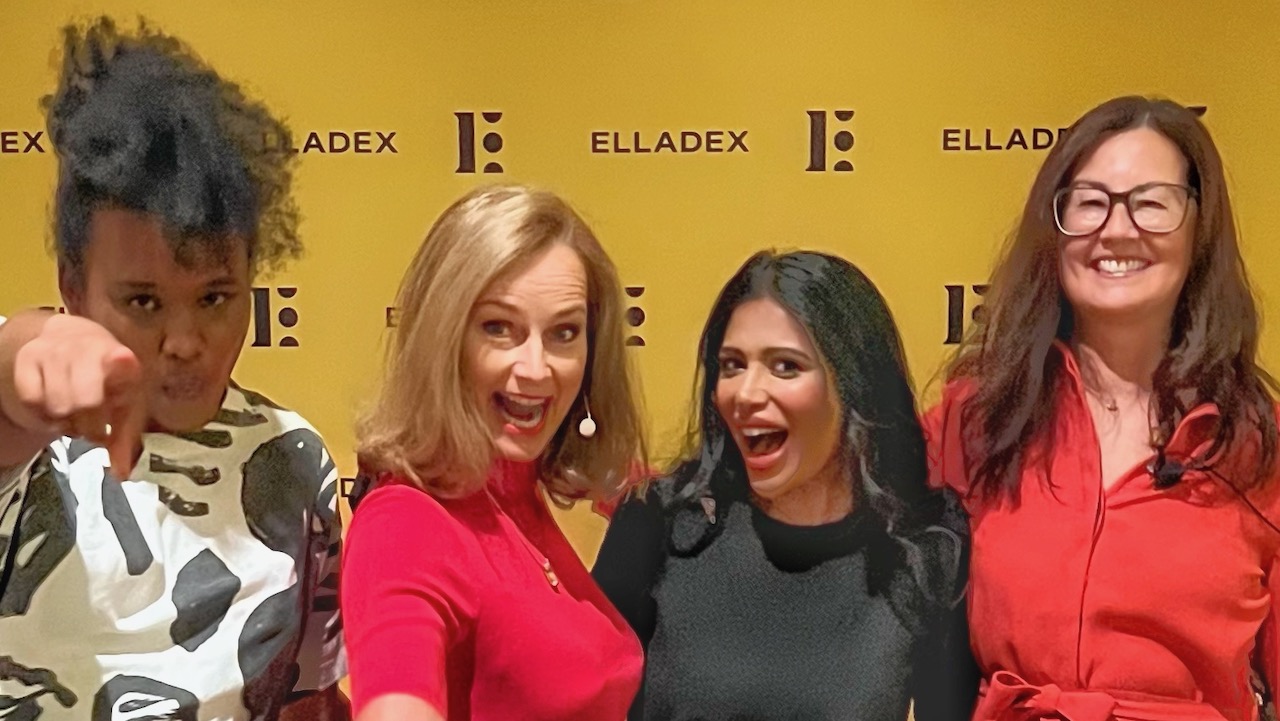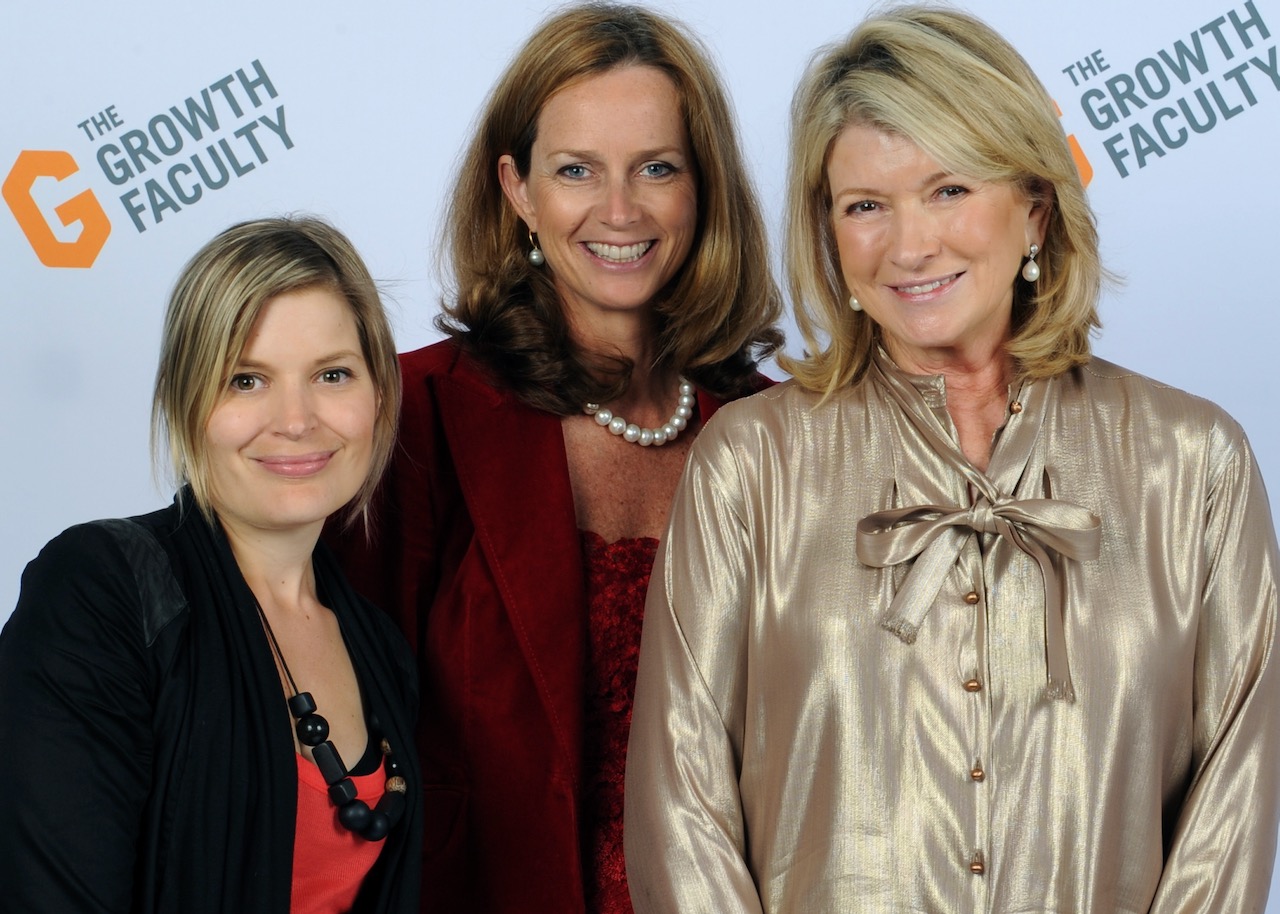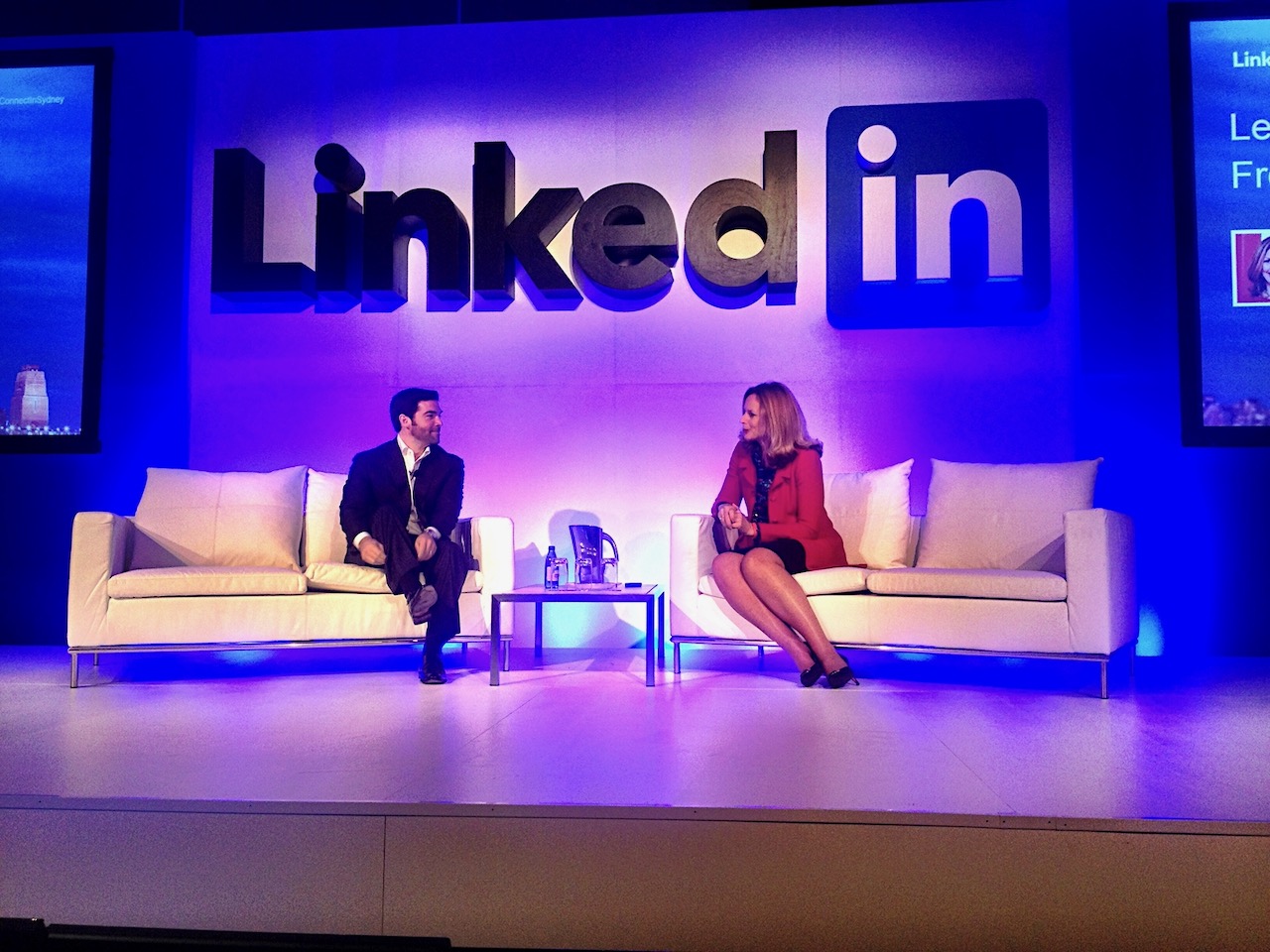The Growth Multiplier
If I were to ask you to name the single most important factor that powered the growth of RedBalloon, what would you guess? A brilliant marketing campaign? A huge advertising budget? A viral social media moment? Most events I now go to have a media wall - so that any image taken gives the brand association of partnership.
The answer is none of the above.
The real secret weapon, which I have spoken about at length in my keynotes presentations is something that was the very lifeblood that coursed through the veins of RedBalloon from day one and allowed a tiny startup at home to become a national, multi-million-dollar enterprise, was something far more powerful and far more human.
It was partnerships. Some of you will have heard the stories.

RedBalloon, at its very core, was not just an e-commerce website; it was a curated ecosystem of thousands of small business partnerships. Our success was inextricably linked to the success of the incredible Australian experience providers we worked with—the hot air balloon pilots, the vineyard owners, the surf instructors, the chefs. We didn't succeed despite them; we succeeded because of them.
After decades of building businesses and investing in them through platforms like Shark Tank, I have become a passionate evangelist for what I call the "Growth Multiplier" effect of strategic partnerships. In a world where customer attention is the scarcest resource, and the cost of acquiring that attention through traditional advertising is skyrocketing, a great partnership is the ultimate unfair advantage. It is the most cost-effective, authentic, and sustainable growth strategy available to any business, big or small.
But so many founders get it wrong. They see partnerships as a quick, transactional way to "get in front of someone else's audience." This approach is doomed to fail. A true partnership is not a transaction; it is a deep, collaborative relationship built on a foundation of mutual value and shared vision.
So, how do you do it? How do you find the right partners, craft a compelling proposal, and build a relationship that creates exponential growth for both of you? This is my definitive, from-the-trenches guide to mastering the art of the strategic partnership. I still am on the hunt for great partnerships - businesses that have the audiences, brand reputation and reach that is fits with RedBalloon. Once a founder always a founder - people laugh when they hear from me and I say ‘We should work together”.
The Mindset Shift - From Battlefield to Ecosystem

Before you can build great partnerships, you must fundamentally change the way you see your market. The traditional business mindset is one of a battlefield. It’s a zero-sum game of competitors and customers, of winning and losing, of taking market share from someone else.
I want you to throw that metaphor in the bin. A modern, connected market is not a battlefield; it is an ecosystem.
An ecosystem is a complex, interconnected web of relationships. It's a world where businesses can be customers, suppliers, collaborators, and even friendly competitors, all at the same time. In an ecosystem, the goal is not to vanquish everyone else, but to find your unique niche and create symbiotic relationships that make the entire ecosystem healthier and more vibrant.
When you adopt an ecosystem mindset, you stop seeing other businesses as threats and start seeing them as potential partners. You stop asking, "How can I beat them?" and start asking, "How can we help each other?" This shift in perspective is the single most important prerequisite for becoming a master of partnerships.
The ultimate goal is what I call the "Win-Win-Win" framework. Every single partnership you create must be a clear win for three parties:
- A Win for You: The partnership must help you achieve a specific, measurable business goal (e.g., reach a new audience, gain credibility, increase sales).
- A Win for Your Partner: The partnership must deliver real, tangible value to them and their business.
- A Win for the Customer: The collaboration must create a better, more valuable, or more convenient experience for the end customer.
If any one of these three "wins" is missing, the partnership is a house of cards. It is unsustainable and will eventually collapse under the weight of its own imbalance.
Finding Your Perfect Partner - My Strategic Checklist

So, how do you identify the right businesses to partner with in your ecosystem? A great partnership is like a great marriage; it requires deep compatibility. Don't just swipe right on the first business that looks attractive. Use this strategic checklist to find your perfect match.
1. Absolute Audience Alignment:
This is the non-negotiable foundation. Your ideal partner must serve the exact same ideal customer profile as you, but in a non-competing way.
Think about your customer. What else are they buying just before, just after, or at the same time as they are buying from you?
- If you sell high-end coffee beans, your ideal partners are artisan bakeries, boutique kitchenware stores, and co-working spaces.
- If you are a wedding photographer, your ideal partners are florists, reception venues, and dressmakers.
- If you are a financial advisor for young families, your ideal partners are mortgage brokers, real estate agents, and estate lawyers.
When your audiences are perfectly aligned, the partnership feels natural and seamless to the customer, not like a forced, spammy cross-promotion.
2. Deep Value and Brand Alignment:
Your partner's brand is a reflection on your own. Their values, their reputation, and their standard of quality must be compatible with yours.
- If your brand is built on sustainability and ethical sourcing, you cannot partner with a fast-fashion brand.
- If you are a premium, high-touch service provider, you cannot partner with a discount, volume-based business.
Any mismatch in brand values will create confusion for the customer and can damage the credibility you have worked so hard to build.
3. The "Yin and Yang" of Assets:
The most powerful partnerships are often between two businesses that have complementary assets. Look for a partner who has what you lack, and vice-versa.
- Do you have an incredible, highly-engaged Instagram following but a tiny email list? Find a partner with a massive, loyal email list.
- Do you have a fantastic digital product but no physical presence? Partner with a bricks-and-mortar retailer to do a pop-up event.
- Are you brilliant at product development but struggle with content creation? Partner with a respected blogger or media outlet in your niche.
This complementary nature is what makes the partnership a true "multiplier," allowing both of you to achieve something you could not have achieved alone.
The Art of the Approach - How to Pitch a Partnership That Gets a "Yes"
Once you've identified your ideal partner, how do you make the approach? This is where so many founders make a critical mistake. They make the pitch all about themselves. "Hi, I have a great business and I want to get in front of your audience." This is the fastest path to the delete folder.
You must remember the Win-Win-Win framework. Your pitch must be overwhelmingly focused on the win for them and the win for their customer.
My Framework for a Compelling Partnership Proposal:
- Start with a Genuine Compliment: Show them that you have done your homework. "I have been a huge admirer of what you've built with [Their Company] for a while now. I particularly loved your recent [specific campaign or product]. It’s clear that you are deeply committed to [their core value]."
- Identify the Shared Audience: Explicitly state the audience alignment. "It's clear that we both serve the same community of [describe the ideal customer], who are passionate about [shared value]."
- Present a Clear, Low-Effort Idea: Propose a specific, easy-to-execute first step. Don't start by asking for a huge, complex integration. Start small to build trust. "I have an idea for a simple collaboration that I believe your audience would absolutely love, and that would require very little effort on your part."
- Frame the "Win" for Them and Their Audience: This is the most important part. "I was thinking we could co-host a free webinar on [topic that provides huge value to their audience], where I could share my expertise on X and you could share your insights on Y. It would be a fantastic piece of value-add content for your community."
- Make it Easy to Say Yes: End with a clear, low-commitment call to action. "Would you be open to a brief 15-minute chat next week to explore if this might be a good fit?"
Remember, your first goal is not to close a deal; it is to start a conversation.
Partnership Models You Can Use Today
What does a partnership actually look like in practice? It can take many forms, from simple content swaps to deep product integrations. Here are five of the most effective models you can implement right away.
1. Content Collaboration:
This is often the easiest and best place to start.
- Guest Blogging: Write a genuinely helpful, educational article for your partner's blog, and have them do the same for yours.
- Co-hosted Webinars or Instagram Lives: Combine your expertise to create a live event that provides immense value to both your audiences.
- Podcast Appearances: Be a guest on their podcast, and invite them onto yours. This is a powerful way to get a warm, trusted introduction to a new audience.
2. Product or Service Bundling:
Create a unique, limited-time offer where you bundle your product or service with your partner's.
- A coffee brand and an artisan bakery create a "Perfect Morning" box.
- A yoga studio and a nutritionist create a "30-Day Wellness Kickstart" package.
This creates a new, high-value offer that is more compelling than either of your individual products alone.
3. Joint Marketing Campaigns:
Pool your resources and your audiences to create a campaign with a much bigger splash than you could make on your own.
- A Shared Giveaway: This is a classic for a reason. Both brands contribute to a major prize pack and promote the giveaway to their respective audiences, with a condition of entry being that they must follow both accounts. It's a fantastic way to rapidly cross-pollinate your followers.

4. Referral Agreements & Affiliate Marketing:
This is a more formal, performance-based model. You create a system where your partner receives a commission or a fee for every customer they refer to you who makes a purchase. This is a powerful way to motivate your partners to actively promote you, as their success is directly tied to yours.
5. In-Person Events and Pop-Ups:
Bring your online brand into the physical world by collaborating with a bricks-and-mortar partner.
- Host a workshop or a launch event at their retail store or venue.
- Do a "pop-up" shop of your products inside their space for a weekend.
This creates a fantastic, real-world experience for customers and allows you to tap into their valuable foot traffic. I remember a great founder on Shark Tank who had already lined up pop-ups in major department stores. It was a brilliant demonstration of traction and strategic thinking that immediately got all the Sharks interested.
Your Network is Your Greatest Asset
In the end, business is, and always will be, about relationships. And a strategic partnership is the highest and most powerful form of a business relationship.
The journey from a solo founder to a scalable enterprise is a journey from doing everything yourself to creating leverage. And there is no greater leverage than the trust, the audience, and the assets of a great partner.
Stop looking at the world as a battlefield. Start mapping your ecosystem. Identify the other businesses that share your customers and your values. And start the conversation. Begin with a small, generous offer of collaboration.
Water one seed, and you may find that you have planted the beginnings of a thriving, interconnected forest of mutual success.
What is one business you admire that could be a potential strategic partner for you? And what is the one "win-win-win" idea you could propose to them this week?





